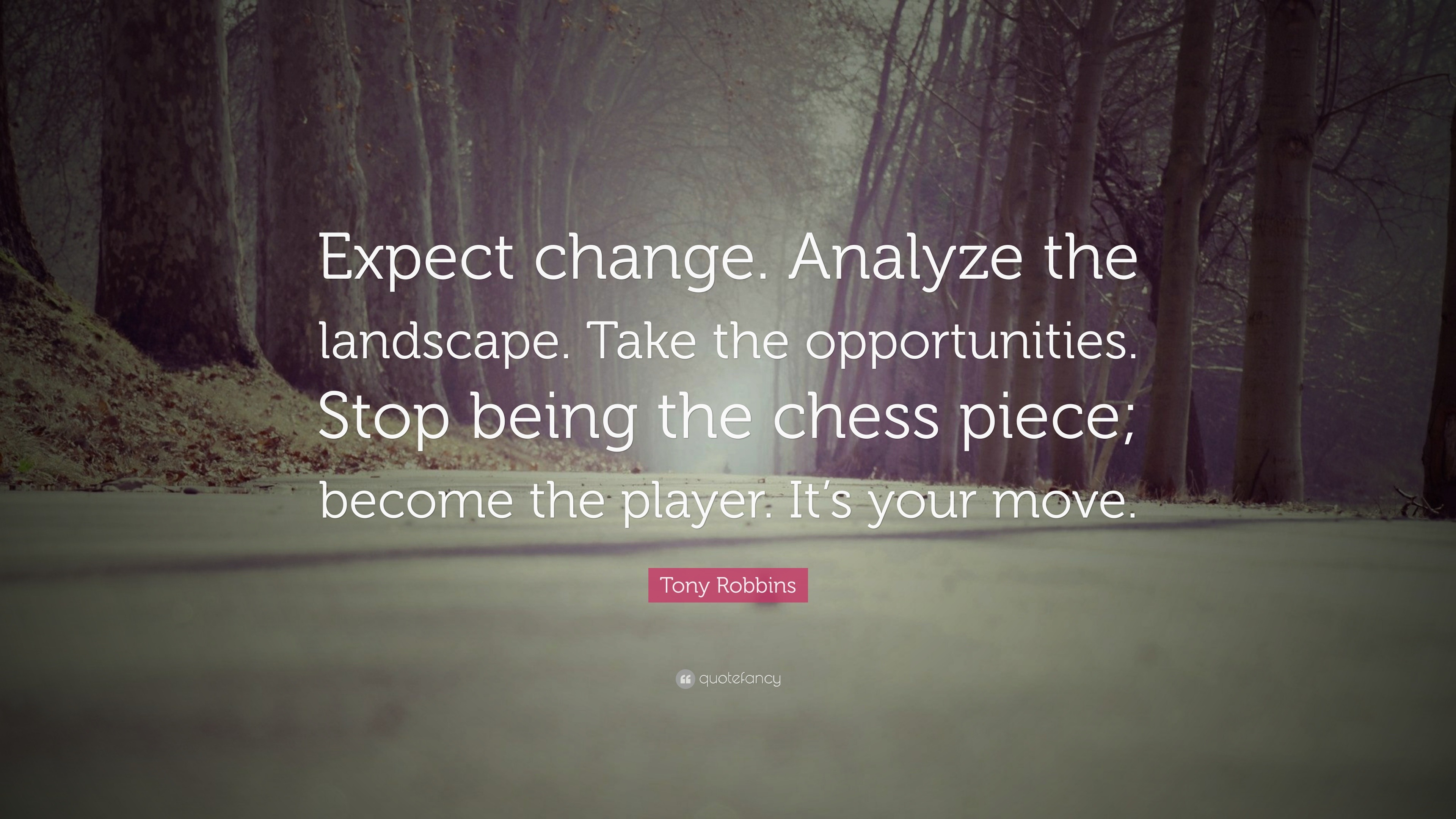Small businesses these days are continuing to shake out and re-establish themselves in an ongoing effort to get stronger and more viable despite ever shifting sands. It seems that the current workplace has become almost unrecognizable to what it had been just two years ago. As tends to be the case, good intel can be the key to moving forward and staying competitive. In some recently published research, WhatToBecome has put together data from all over providing a road map of where the current workplace is and where it might be headed. The following is taken directly from that published data:
- As one of the new Statista’s surveys points out, 73% of people want a flexible working schedule even after the pandemic ends. Many people have seen the benefits of remote work, so companies will have to adjust to keep most of their employees engaged and satisfied.
- According to various workplace diversity statistics for 2021, 75% of the workforce in the US will be millennials. Millennials value emotional well-being. However, women value emotional stability more than men, as only 44% of millennial men feel lonely and isolated. Apart from that, a significant number of all millennials in the workforce (over 70%) are under stress. Workplace stress statistics indicate that millennials are the most stressed-out generation.Building a culture of inclusion enables the workforce to express their authentic selves at work. Organizations must also strive to provide opportunities for workers to get to know each other, build trust, and make friends.
- This year has brought many changes for almost every organization. That’s why a majority of managers think having teams made of remote workers will not be just a trend, but a norm.
- Workplace wellness is one of the most important things in 2021, as it’s beneficial both for workers and employers. Employers with wellness programs have seen a 62% decrease in healthcare costs and 61% of employees have reported a positive change in their lifestyle after enrolling in their workplace wellness program.
- Managers have a lot to do with employee engagement and retention. Unhappy employees statistics show they have a significant role to play in employee retention. Acknowledging and appreciating employees for their hard work improves retention. Happy employees are five times more likely to stay with their company.
- Gallup’s latest global workplace statistics revealed that 85% of the labor force doesn’t feel actively engaged. Of that number, 18% are actively disengaged, while 67% feel indifferent towards the company. Nurturing camaraderie and friendship in the workplace can keep employees happy and engaged. So, companies should provide opportunities for their people to get together after work hours to improve communication and interactions. Highly engaged businesses have employees who make impactful contributions, moving the company forward. Engaged employees can lead to a 17% boost in productivity and a 41% decrease in employee absences.
- Workplace collaboration statistics suggest that organizations that promote collaboration are five times more likely to perform better. In a study of over 1,100 companies, researchers found that companies that foster collaborative cultures tend to have higher engagement levels, lower stress levels, and higher success rates. Research shows that rewarding and recognizing employees for their efforts to embrace productive collaborative behaviors will pay off eventually.
- Workplace diversity statistics show a correlation between diversity and financial performance. McKinsey & Company found that companies in the top quartile for gender diversity on executive teams are 25% more likely to have above-average profitability than those with less gender diversity.
- In MyPerfectResume’s study on remote work conflict, the leading causes of conflict are stress about work and lack of teamwork with a 25% share each. At 22%, rude behavior is the third leading contributor to work-related conflict. The findings also indicate that the lack of transparency or honesty and a clash of values account for 18% and 9% of conflict among coworkers, respectively. Any company with unresolved issues in the workplace will begin to see negative outcomes unfold until the conflict is addressed. Research shows that 27% of employees involved in workplace conflicts have experienced personal attacks. Meanwhile, 25% of employees have called in sick or skipped work.
- Two workplace fun facts employers should remember: a toxic office environment and poor company reputation can repel potential applicants or lead current employees to quit. Randstad USA discovered that 58% of employees leave their jobs because of office politics. What’s more, around 86% of workers won’t even consider applying for a company with negative reviews from employees. The same goes for companies with public conflicts with employees.
- Around 40% of employees find their workplace somewhat competitive, while 26% think it’s very competitive. Competition in the workplace, statistics suggest, isn’t always good for business, mainly because it could cause employees to leave. Companies often encourage competition to drive productivity and increase motivation. Certainly, some thrive under pressure. However, research shows that a company with a work environment that’s too competitive can potentially kill motivation. Not only that, they could see higher turnover rates, as about 43% of employees are willing to quit if they find their work environment too competitive.
- From horrible bosses to changes in organizational leadership, Korn Ferry’s recent survey highlighted some of the biggest stress triggers in the office. Others include increased workloads, unresolved conflict, and ever-evolving technology. At the same time, the survey revealed that 79% of the employees find not having enough work is more stressful than having too much to do. It seems like employees feel they aren’t compensated well enough given that work-related stress levels are still on the rise. According to workplace stress statistics, 65% of employees claim their stress levels are higher compared to five years ago.
- According to O.C. Tanner, employee burnout is a new workplace-related crisis. Workplace safety statistics reveal that 79% of employees are suffering from mild, moderate, and severe burnout. Chronic stress can lead to poor employee retention and high turnover rates. Organizations, therefore, need to measure workplace burnout properly and actively seek ways to mitigate it.
-Written by Kevin Sawyer



